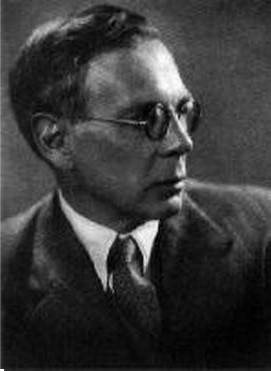
I have apparently survived my first Viking weekend of the “summer season.” It’s not quite summer yet, of course, as was made abundantly clear by events. The skies were overcast, the breeze (though fortunately light) was a-chill. I don’t wear my fine woolen tunic a lot, as Viking reenactment in the country is mostly a warm-weather activity, but I was glad of it this weekend. The crowds at the Fantasy of the Lakes Renaissance Festival in Lindstrom, MN were not large, but that’s hardly the fault of the organizers, who did their best. Oddly enough, my book sales were better on Saturday (the colder day) than on Sunday.
Instead of reading from my Kindle in my abundant free moments, I chose to bring along my current volume of The Complete Sagas of Icelanders. I had a long saga to read, and one I’d read before – at least in the variant recorded in Flatey Book. The version printed in this edition is compiled from four source texts, including some variant passages, which are clearly marked.
This one is The Saga of the Sworn Brothers, quite a famous saga. It seems to be based on a skaldic poem by a man who you may recall if you’ve read my novel The Baldur Game – the poet Thormod Kolbrunarskald (Coal-Brow’s Skald). (I’ve blogged about the Flatey Book version before in this space). The poem, of which this saga preserves passages, celebrates the achievements of Thormod’s friend and sworn brother, Thorgeir Havarsson. Sworn brotherhood was a serious matter in Viking society – once the oath was sworn, each brother was honor-bound to avenge the other’s death. Judging by the poem, and the saga built on it, Thormod was likely from the git-go to be called on to do just that – because Thorgeir seems to have been a complete psychopath. Thormod says of him that he never knew fear – not even bothering to call for help while clinging for life to nothing but a clump of angelica at the brink of a cliff.
The saga is episodic, as sagas tend to be, but it follows the two friends as they carom from one adventure to another, casually killing men and getting outlawed here and there on the way. In time they part company. Thorgeir (the psychopath) enters the household of King (Saint) Olaf Haraldsson, but leaves him eventually to meet his fate. Thormod, when he learns of Thorgeir’s death (at the hands of several killers, of course), sets out to get revenge, a quest that will take him as far as Greenland. Later he enters Saint Olaf’s service in his own right. He is a prominent figure in the legends of Olaf’s death at Stiklestad. His death from an arrow wound after the battle takes place here (as well as in Flatey Book, which I’d forgotten) in a barley barn. I made it a cattle byre in The Baldur Game – Snorri’s Heimskringla does not specify what kind of building it was.
Another difference from Heimskringla is Thormod’s famous last words. In Heimskringla, he pulls an arrowhead out of his chest, looks at it, and says, “The king has fed us well – I am fat at the heart-roots.” Then he dies. He does not say that in this version, but dies in the midst of the last line of a poem he composes on the spot, which is finished by Olaf’s brother Harald (later King Harald Hardrada). This reinforces my guess, which I employ in The Baldur Game, that Harald must have been present at Thormod’s death, and would have been the source of the story.
(The veracity of the “heart-roots” line is also questionable due to the fact that the same line occurs in other sagas, notably when Leif Eriksson’s brother Thorvald is dying after a fight with Native Americans in Vinland.)
The Saga of the Sworn Brothers is an intriguing one, notable for being based on the recollections of a man who’s fairly honest about himself and his dead friend. The sworn brothers are not high heroes, but reckless, feckless youths who do as much harm as good in the world. Thormod’s death in Saint Olaf’s service is regarded as a grace. (The saga writer is not shy about inserting little moral homilies here and there.)
The Sworn Brothers is an intriguing – and valuable – saga.









